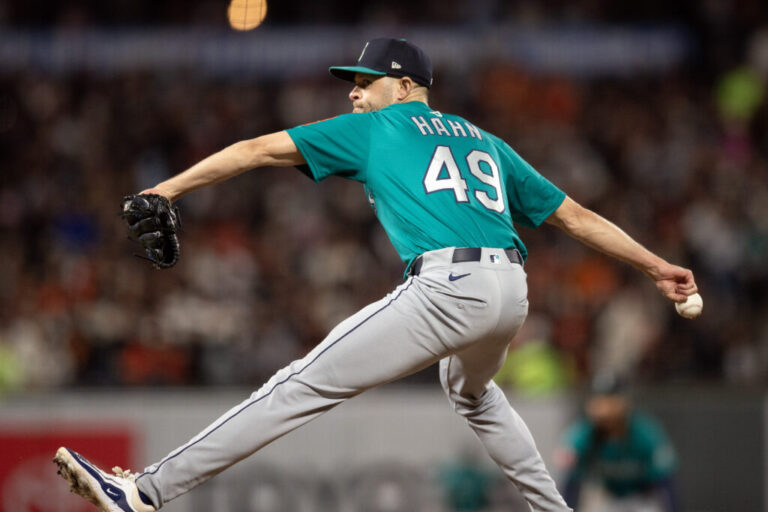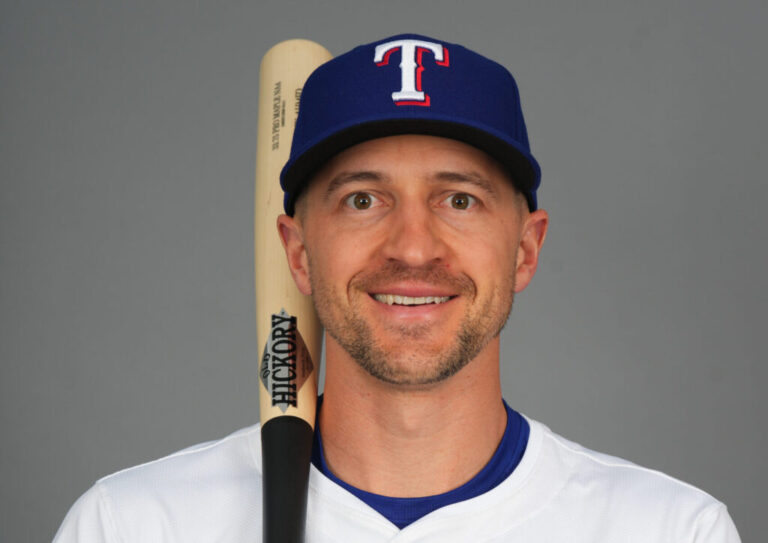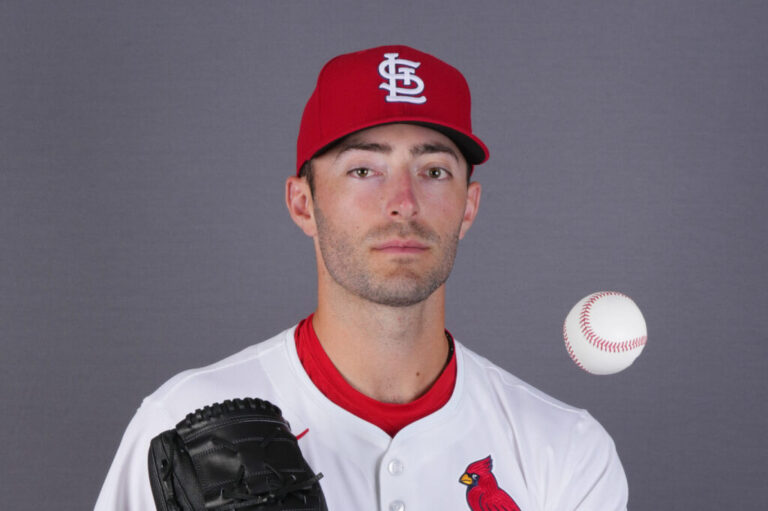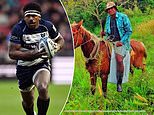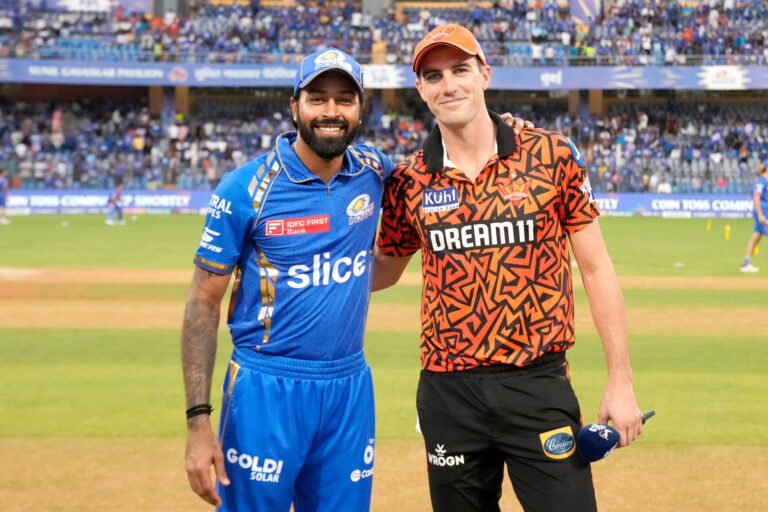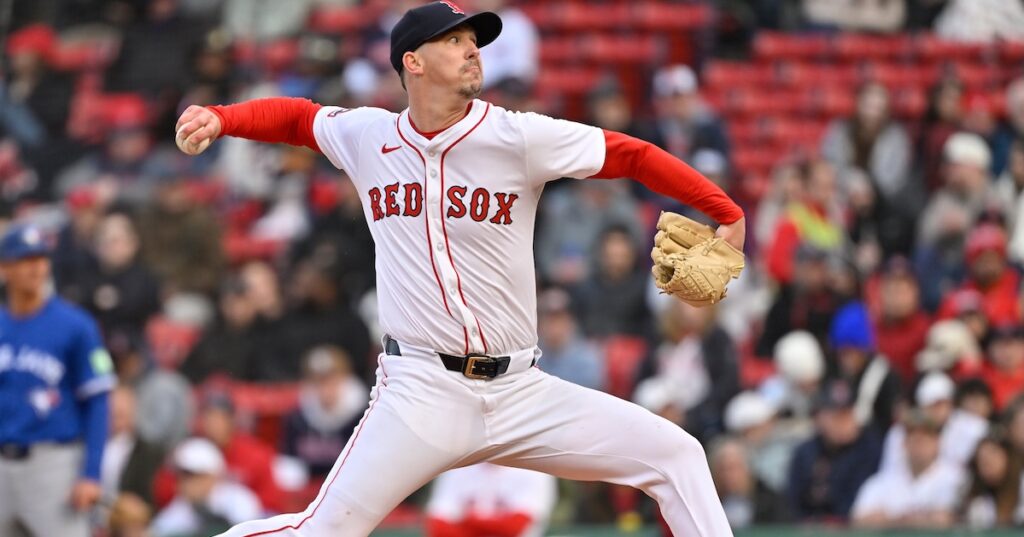
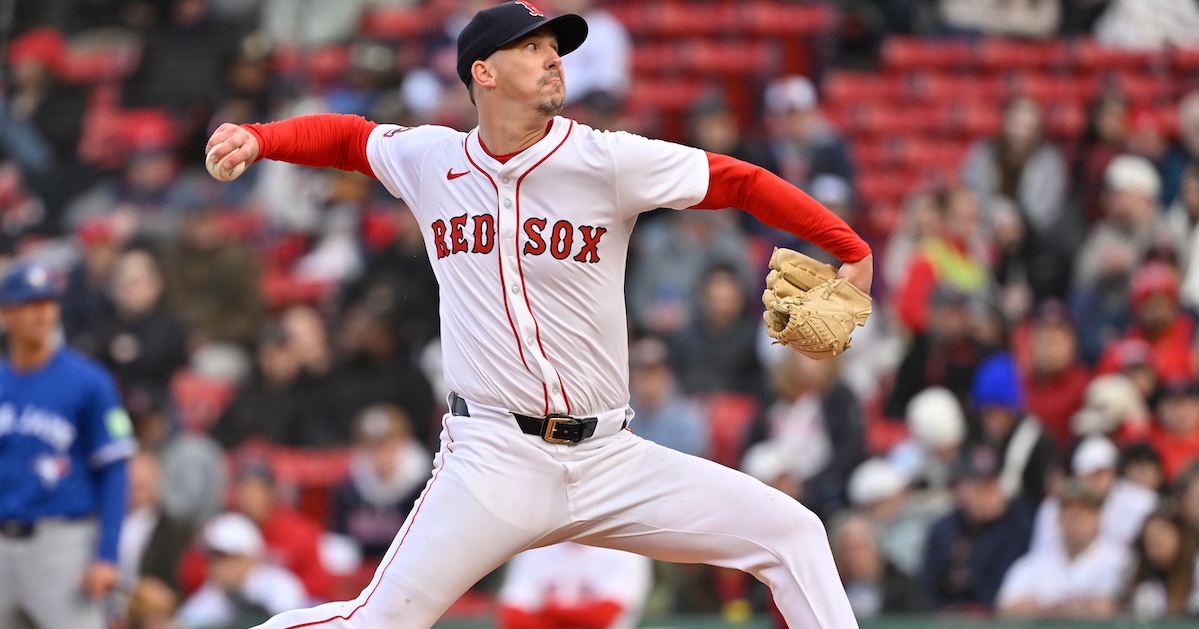
Maybe Walker Buehler will be all right, after all. Through his first two starts with the Red Sox — his first two since nailing down the final three outs of the 2024 World Series with a surprise bullpen appearance on his throw day — the 30-year-old righty had been pummeled, allowing three homers and nine runs in 9 1/3 innings. On Thursday afternoon at Fenway Park, he turned the page, putting on a “pitchability clinic” opposite Toronto’s Chris Bassitt.
Buehler shut out the Blue Jays over his first six innings of work, allowing just four hits without a walk while striking out seven. Bassitt matched him with zeroes until the sixth, when Jarren Duran walked with one out, stole second base, advanced to third on a fly out, and scored on an Alex Bregman single. Buehler departed two batters into the seventh, after he’d walked rookie Will Wagner on four pitches to lead off the inning and retired Ernie Clement on a fly ball to center. When reliever Justin Wilson allowed two hits and shortstop Trevor Story made a throwing error on a potential inning-ending double play, Buehler could only watch from the dugout as the Blue Jays took a 2-1 lead. The Red Sox tied the game up in the eighth, and won 4-3 in 10 innings when Toronto second baseman Andrés Giménez bobbled Story’s grounder with the bases loaded — and, oddly, threw to first base for a meaningless out as David Hamilton crossed the plate.
This was the kind of start the Red Sox envisioned when they signed Buehler to a one-year, $21.05 million deal in January, hoping that he could build upon the great postseason run with the Dodgers that helped him salvage his first season back from his second Tommy John surgery. During the regular season, Buehler pitched to an ugly 5.38 ERA and 5.54 FIP in 16 starts covering 74 innings, and missed eight weeks due to inflammation in his right hip. He showed faint signs of improvement in September, allowing two or fewer runs in three of his five starts, compared to just once over his first 11. Still, had the Dodgers rotation not suffered a variety of injuries and collapses, he wouldn’t have been anyone’s first choice for a playoff start, even given the big-game reputation he’d earned while helping the Dodgers win a pennant in 2018 and a championship two years later.
Buehler’s first postseason start in 2024, against the Padres in Game 3 of the Division Series, included a disastrous six-run second inning that sent the Dodgers to defeat, but even so, he finished with three scoreless innings, and at one point retired nine hitters in a row. Building upon that, he threw four shutout innings against the Mets in Game 3 of the NLCS, with six strikeouts and 18 whiffs, and then five more zeroes against the Yankees in Game 3 of the World Series, with five strikeouts and just two hits allowed. That scoreless stretch restored manager Dave Roberts’ confidence in him, so when the Dodgers were seven pitchers deep into Game 5 of the World Series and Buehler let the manager know he was available, Roberts said, “I was going to be all in.”
Wanting to do right by the pitcher they drafted out of Vanderbilt with the 24th pick in 2015 and nurtured through both Tommy John surgeries, the Dodgers did not make Buehler a $21.05 million qualifying offer, knowing that he likely would have accepted because of the way QOs can hinder a free agent’s market. “This way, Buehler can negotiate a multiyear deal with the team of his choosing,” reported The Athletic’s Ken Rosenthal. The irony is that Buehler spurned multiyear offers and instead took a one-year deal for the QO amount anyway. Though Fenway Park is a hitters haven, Buehler was attracted to the pitching program put into place by chief baseball officer Craig Breslow and pitching coach Andrew Bailey. “I knew guys in Boston threw like, the least amount of four-seam fastballs,” Buehler said in early January, after signing. “You go to a place where that’s kind of how they operate and maybe that’s the next evolution of my career.”
Buehler had already evolved from a heavy reliance on his four-seamer before suffering the Grade 2 flexor tendon strain in his right elbow in June 2022, beginning a series of events that kept him off a major league mound for just shy of 23 months. Though he had thrown both a cutter and a sinker before the injury, he had ramped up usage of the former in 2022, and the latter in ’24. He’s now throwing more sinkers and sweepers to righties than he is four-seamers, and is using his knuckle curve almost exclusively against lefties:

Buehler has also lowered his arm slot considerably. He was as high as 51 degrees in 2021, when he set career bests with a 2.47 ERA, 3.16 FIP, and 5.6 WAR while making his second All-Star team and finishing fourth in the Cy Young voting. He dropped down to 46 degrees pre-injury in 2022, and was still there last year, even edging up to 47 degrees in the postseason. This year, he’s dropped down to 42 degrees, and it’s given him a couple more inches of horizontal movement on several of his pitches:
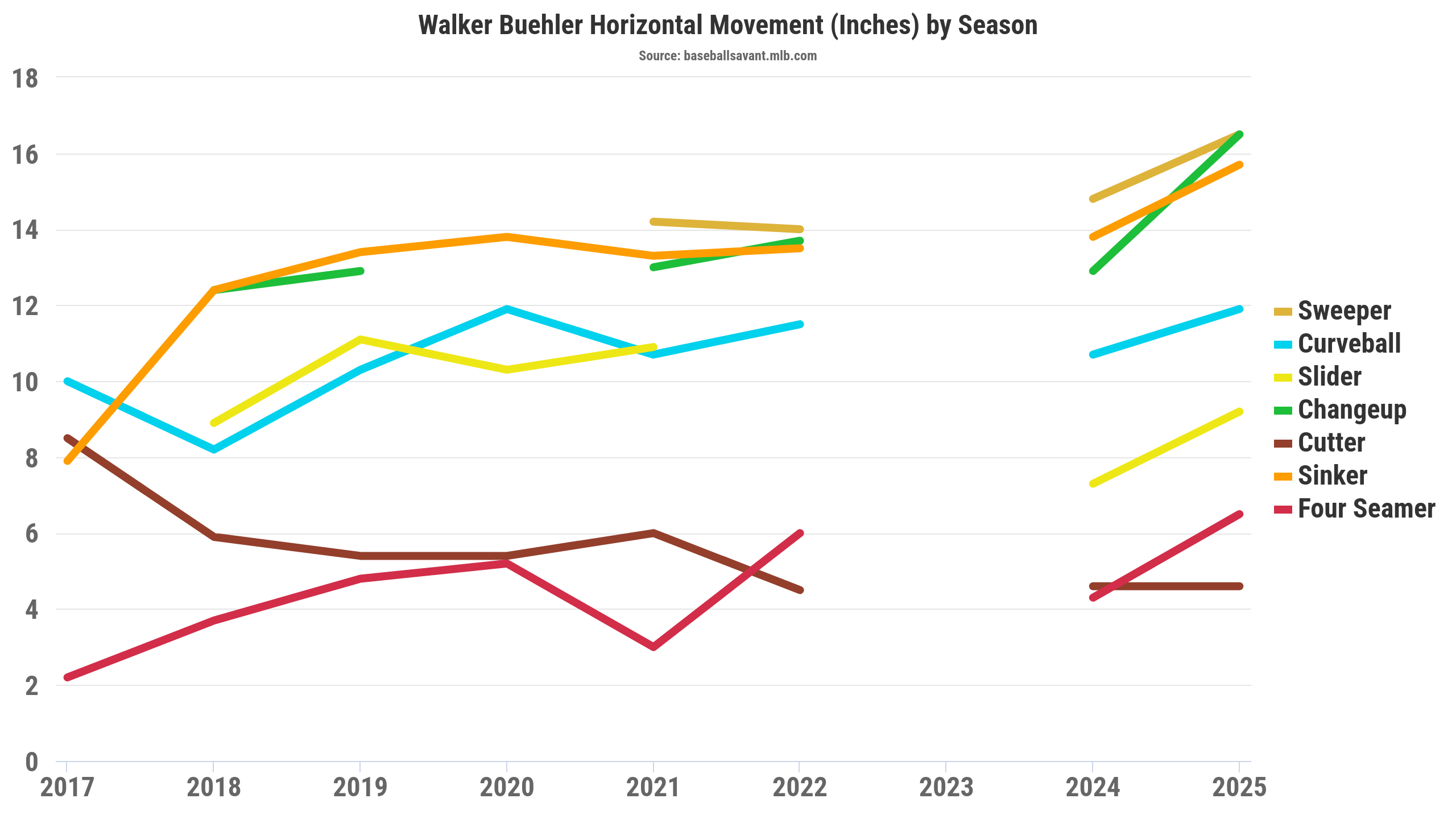
Buehler’s first two regular season turns for the Red Sox were inauspicious, to say the least. On March 29 against the Rangers in Arlington, he was tagged four runs and seven hits in 4 1/3 innings, with Adolis García smacking him around with a two-run double in the first inning and a solo homer in the fourth. In his second outing, on April 4 against the Cardinals at Fenway Park, Buehler gave up five runs and seven hits; a three-run homer by Iván Herrera in the fourth inning and a solo shot by Brendan Donovan in the fifth were the big blows. In each start, Buehler allowed seven hard-hit balls and two barrels; his average exit velocity allowed was 88.6 mph.
Thursday’s start was a different matter, though the first inning looked like it might be more of the same. Bo Bichette sizzled a 106.3-mph single on the first pitch of the game, a fastball on the inner edge of the plate, and two batters later, Buehler yielded a 94.8-mph single to Anthony Santander on a low knuckle curve. But after he escaped trouble by getting George Springer to ground into an inning-ending double play, he allowed just two other hits, both singles, the rest of the way. His 6 1/3 innings were the most he’s thrown in a game since May 8, 2022, and the only other hard-hit ball he surrendered was Clement’s 97.3-mph fly out that ended his start. The Blue Jays averaged just an 81.8-mph exit velocity against him for the day.
It didn’t hurt Buehler’s cause that the temperature at first pitch was just 49 degrees, with late afternoon shadows working in his favor, and Vladimir Guerrero Jr. on the bench until he pinch-hit against Wilson. (His was the grounder that Story threw away.) Blue Jays manager John Schneider stacked his lineup with four lefties and two switch-hitters, so 15 of the batters that Buehler faced were lefties, compared to a total of 19 in his previous two starts; while he’s been platoon-neutral in his career, post-surgery Buehler has been more vulnerable, allowing a .379 wOBA against lefties, compared to .356 versus righties.
Buehler threw 89 pitches, mixing in seven different offerings — four-seamer, sinker, knuckle curve, cutter, changeup, sweeper and slider — to befuddle Blue Jays hitters. His 38.1% chase rate was 12 percentage points above that of his first two starts, and he was effective at working inside against lefties, with 19 of his 66 pitches to them landing in the shadow or chase zones (13, 16, 19, 23, 26, and 29), where he’d thrown just seven to the Rangers and Cardinals combined. Not only did lefties do exactly nothing against pitches in those zones, but neither did righties; hitters had a .000 wOBA against them, compared to .369 over his first two starts.
Buehler got just five swings and misses, but his four-seamer generated 11 called strikes, and he produced a 30% called strike plus whiff rate overall. One key was his 18 first-pitch strikes to the 24 batters he faced, only four of which were put into play, and only one of which became a hit (Bichette’s leadoff single). As Buehler told reporters afterward, “There’s all these team analytic numbers, but at the end of the day, if you’re 0-and-1 and you have six or seven different pitches, it’s hard [for hitters] to figure out what you’re trying to do.”
He added, “We can make it look so hard, but in reality, some days it feels really easy. Not that facing a big league lineup is easy, but some days it’s drastically different than others.”
“I think this is as good as I’ve felt [in a while],” Buehler said. “We put in a ton of work this week, kind of with everyone in the building, about what we’re seeing, what we’re feeling. And it paid off this week, and now, it’s kind of repeat or rinse and repeat and hope it kind of stays in there. I just felt more violent [with my stuff] than I have in a long time, and that’s how I play when I’m good.”
Buehler averaged 93.7 mph with his fastball, up from 93 in his first start and 93.5 in his second; he was above 94 through the first five innings. Even so, he threw just 28.1% four-seamers, and is at 26.6% thus far this season, down from 28.9% last season (when the pitch averaged 95 mph), 34.7% in 2022 (95.2 mph), and 44.7% (95.3 mph) in ’21. He got greater extension than in his previous two turns (6.7 feet, compared to 6.4 against Texas and 6.5 against St. Louis), and a bit more movement on all of his pitches. Both his stuff and command were markedly better. Check his numbers via PitchingBot, which runs on the 20–80 scouting scale with 50 average, and every 10 points representing one standard deviation:
Walker Buehler PitchingBot
| Season | Split | botStf FA | botStf SI | botStf FC | botStf SL | botStf CH | botStf KC | botOvr | botStf | botCmd |
|---|---|---|---|---|---|---|---|---|---|---|
| 2021 | Total | 59 | 48 | 62 | 65 | 55 | 53 | 63 | 59 | 59 |
| 2022 | Total | 47 | 41 | 50 | 61 | 56 | 48 | 52 | 49 | 53 |
| 2024 | Total | 50 | 46 | 46 | 60 | 47 | 46 | 53 | 47 | 52 |
| 2025 | Total | 45 | 38 | 47 | 53 | 49 | 43 | 43 | 44 | 47 |
| 3/29 | 33 | 35 | 40 | 50 | 45 | 36 | 32 | 39 | 37 | |
| 4/4 | 46 | 29 | 47 | 55 | 41 | 43 | 42 | 44 | 45 | |
| 4/10 | 51 | 46 | 51 | 57 | 54 | 46 | 54 | 49 | 59 |
The cutters and changeups Buehler threw on Thursday were both about half a grade better than the aggregate from last season, and he was much sharper in terms of his overall command. His sliders (including sweepers) have shown continual improvement, though they aren’t yet back to where he was even last year, but his overall rating (BotOvr) has improved by about a full grade in each successive start.
One start isn’t enough to proclaim that the pre-surgery Buehler is back. Indeed, we may never see that magnificent, dominant version of the hurler again. Like so many other pitchers, he’s been forced to evolve given the limitations of his arm and body; those 98-mph fastballs are a distant memory. It’s not yet clear the extent to which he can succeed while striking out just 20.9% of hitters — assuming, at least, that he can’t maintain his 3% walk rate. Still, he’s rebounded from last year’s low points, and if he can build upon what he did on Thursday, he’ll be effective.
